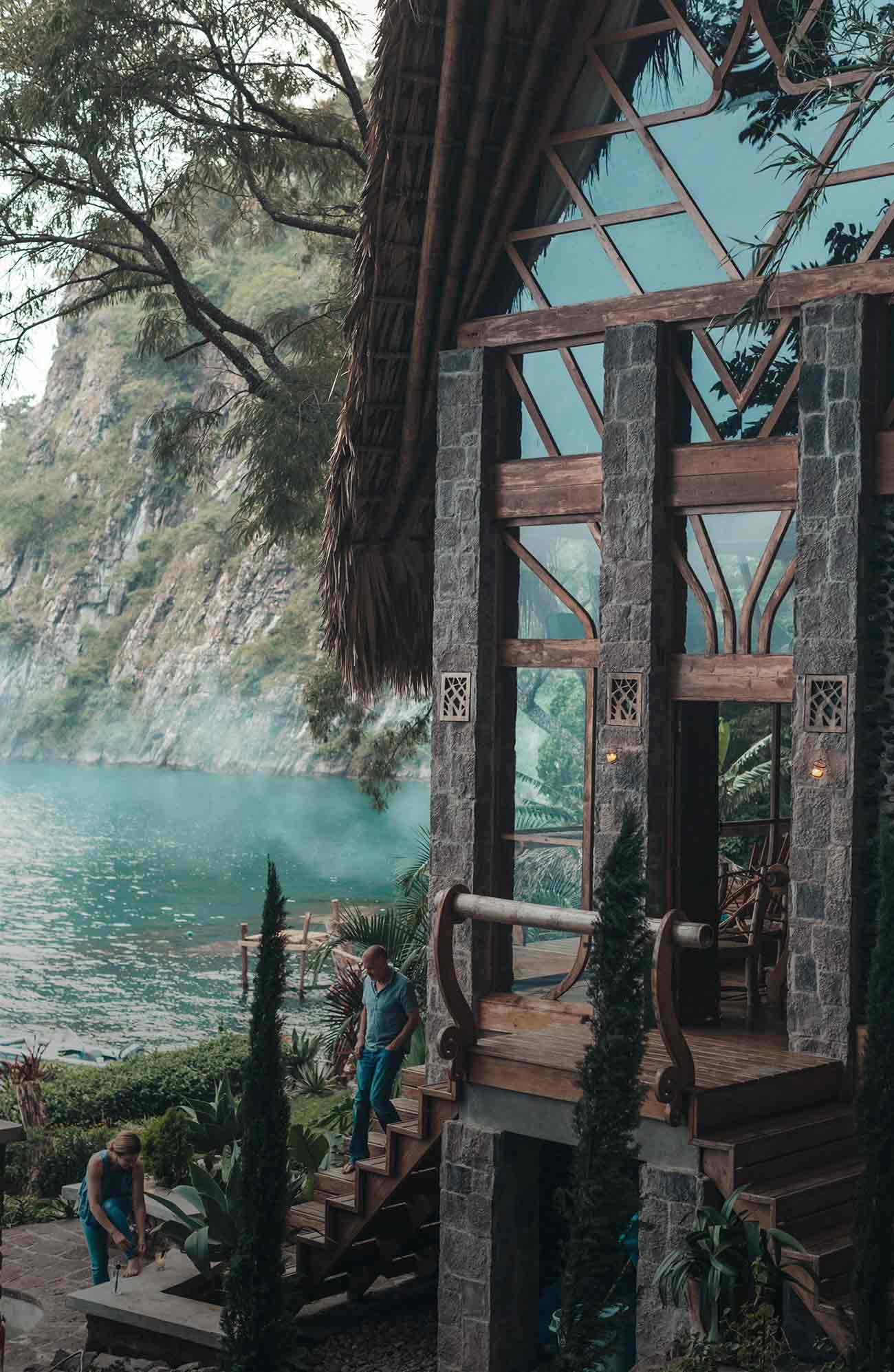Salvador – 5 Reasons to Visit remarkable Brazilian City.
The capital of the state of Bahia and the largest city in northeastern Brazil, Salvador was the first city in the Brazilian colony. Founded in 1549, the first town sat on a fork accessed by steep rails that ran through the harbor just below the great bay called Baia de Todos os Santos. Today, this old town is filled with colonial structures from the 17th and 18th centuries that still hold the title of UNESCO World Heritage Site. Here you can find the most beautiful churches and monasteries, which are among the most important tourist attractions of Salvador. Salvador was the capital of Brazil until 1763, when it was replaced by Rio de Janeiro, and was the main port for slaves from Africa for three centuries. People of African descent still make up the majority of the population, and African influence is evident in Salvador’s music, festivals and cuisine, and in religious groups such as Candomblé and Umbanda.
Here are 5 reasons why you should travel to Salvador
Sao Francisco
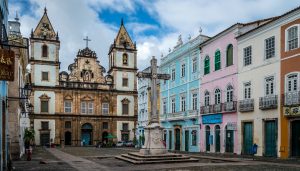
In a city known for its stunning ornate churches, São Francisco stands out as its most flamboyant interior, with gold-plated wood carvings. The gilding of the high altar was so ornate that it took two years to complete. Combining the Mannerist and Baroque styles, the church was built between 1708 and 1750. The ceiling is painted with scenes and themes related to the Virgin Mary, and the choir combines carefully selected wood carvings with azulejo (tiled) paintings. The walls of the adjacent square monastery are also faced with Portuguese azulejo paintings.
The impressive carved façade right next to the abbey church is the Igreja da Terceira Ordem de Sao Francisco, the Franciscan Third Order Church. The statues of saints and angels and other sculptural decorations lining the front of the church, together with the sumptuous decoration of the interior, are reminiscent of the Spanish Churrigueresque style, which was very popular in Spanish colonial Mexico, surpassing the Portuguese and Italian Baroque.
Elevador Lacerda (Elevator from Upper Town)
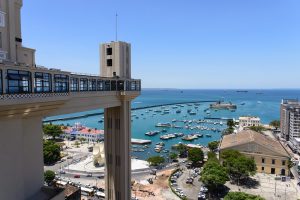
The upper and lower cities are connected by steep streets and a series of elevators, including the Plano Inclinado de Gonçalves (funicular) and the Elevador Lacerda, a dramatic stand-alone elevator that has become an icon of Salvador. Built in 1930, the Art Deco elevator connects the historic old town of Praça Tomé de Souza in the Praça Cairu port area. From the terrace formed by the upper plaza Praça Tomé de Souza there is a magnificent view of the lower city and the port. Tomé de Souza on Praça is a series of 17th-century buildings, including striking white ones. Palácio Rio Branco is one of Brazil’s most historic palaces and the former seat of the Bahia government.
Cathedral Rosino
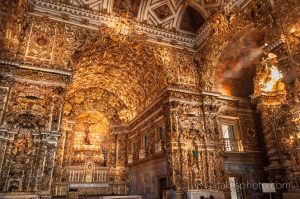
In the Terreiro district of Christ, the adjacent Praça da SéCathedral is the church of the former Jesuit College, originally built between 1604 and 1656. The façade is covered with stone brought from Portugal as ballast, and the interior is decorated in the Baroque style. 18th century. The sides of the nave are of particular interest for the various arts on the altars, which date from the late 16th to mid-18th century. The Sacristy is richly furnished and decorated in the Baroque style, with 17th-century azulejos (Portuguese painting tiles) and painted ceiling panels. At one time, the Jesuit seminary was the largest of its kind outside of Rome, and its monasteries and quarters were interesting to tour. Also known are the Terreiro de Jesus, the 1709 church of São Pedro dos Clérigos, and the 1731 Dominican church of São Domingos de Gusmão with a rococo façade.
Igreja da Ordem Terceira do Carmo (Carmelite Church)
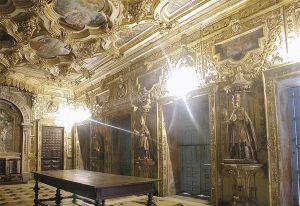
The Carmelite church was built in 1580, but burned down in 1788 and was rebuilt forty years later. Its architecture is classically Baroque, with its elegant lines and twin bell towers, but a room almost entirely covered in gold is known for its striking sanctity. Now the holiest is Francisco Manuel das Chagas, known as O Cabra, an important sculptor of the 18th century. The cedar tree statue of the Chained Jesus is the most sacred art museum. Carved in 1710, the statue is arranged with more than 1,000 rubies, each representing a drop of Jesus’ blood. The architectural and decorative features of the large and beautiful monastery next to the church have been carefully preserved as a luxury hotel.
Beaches
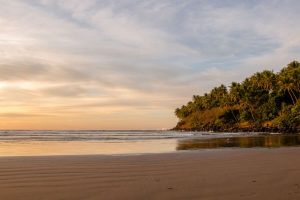
Salvador is located on a peninsula separating the large natural harbor of Baía do Todos Santos (Bay of All Saints) in the Atlantic Ocean. Both the bay and ocean shores are lined with white sandy beaches where locals go to hang out, picnic, surf and swim. The beaches on the bay side are sheltered and good for swimming, while the open ocean beaches provide ample waves for surfers.



